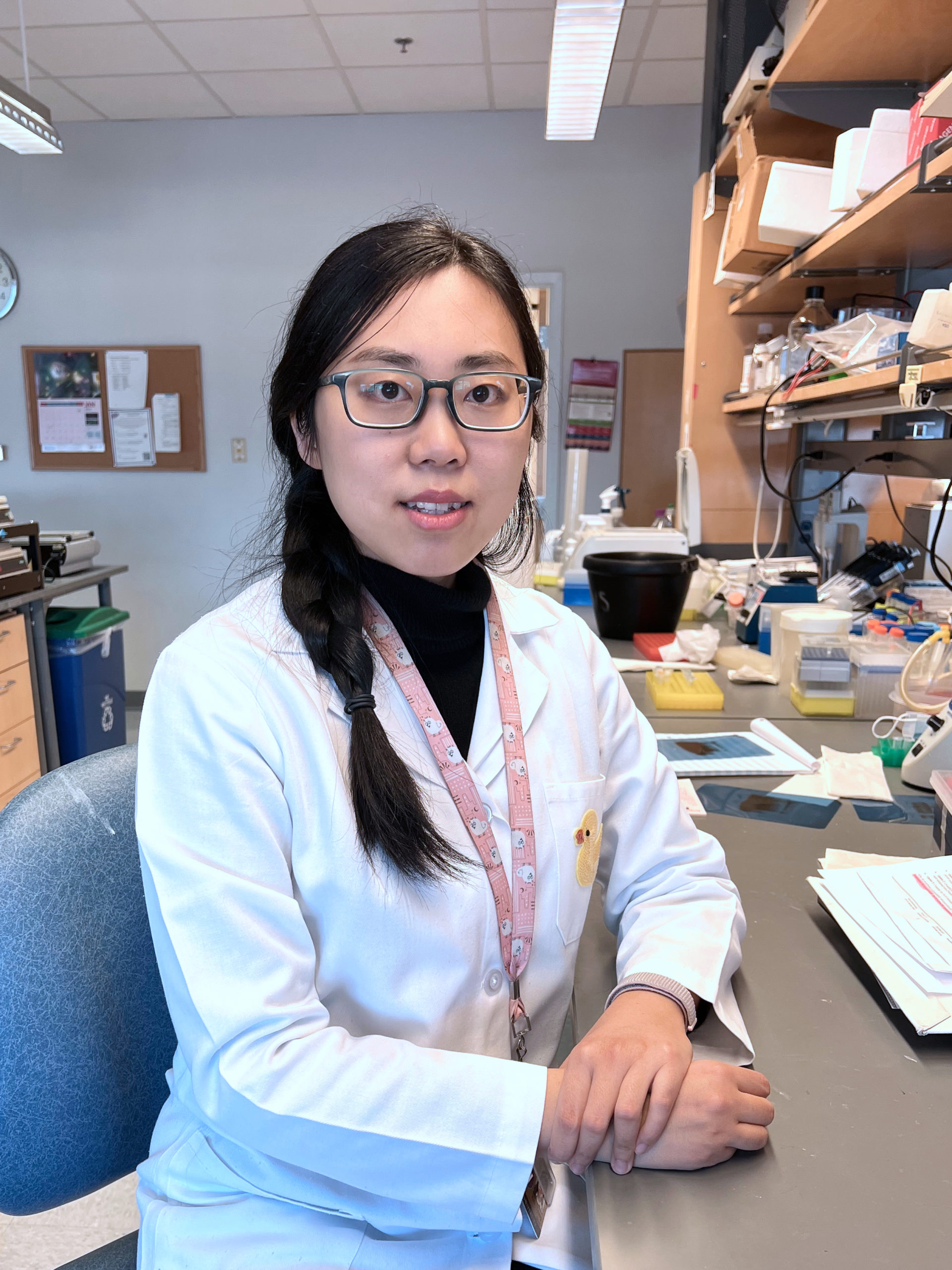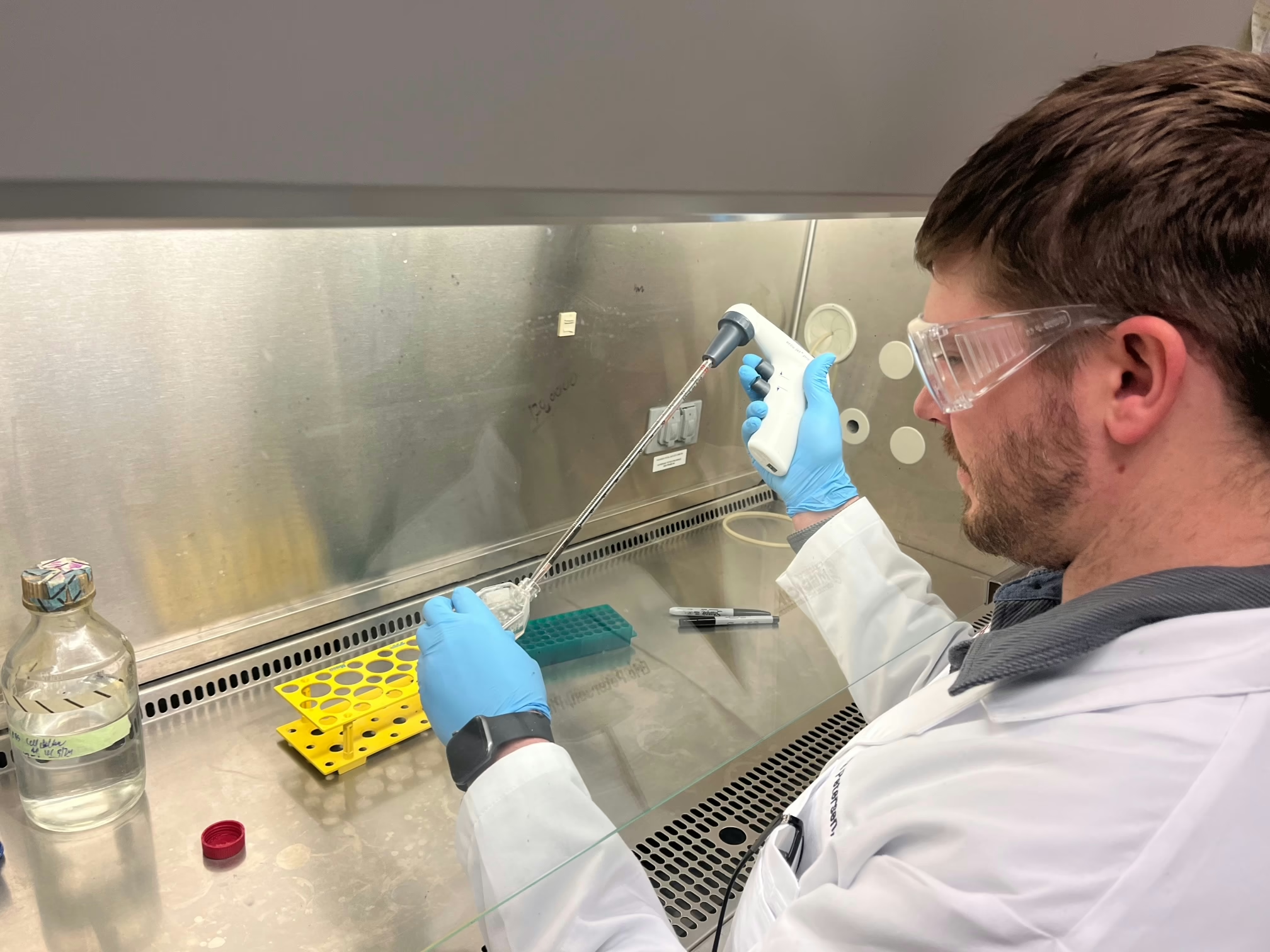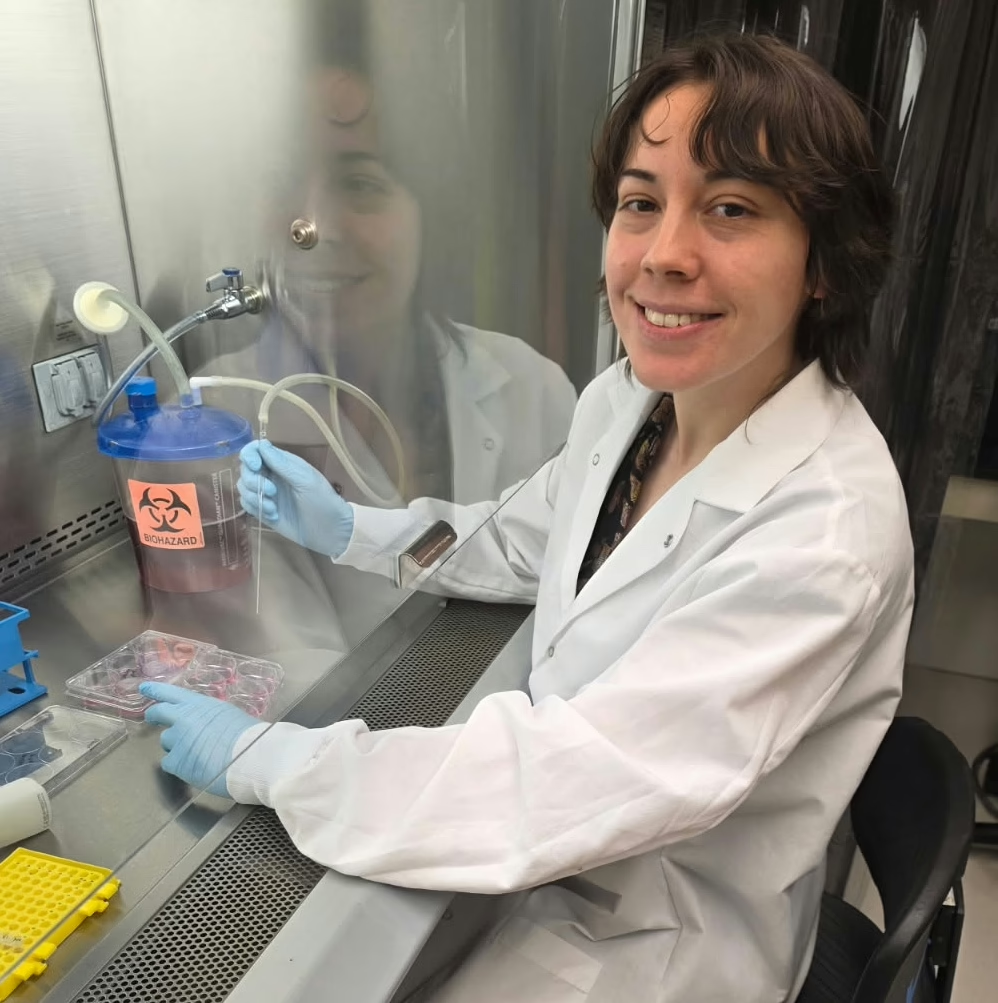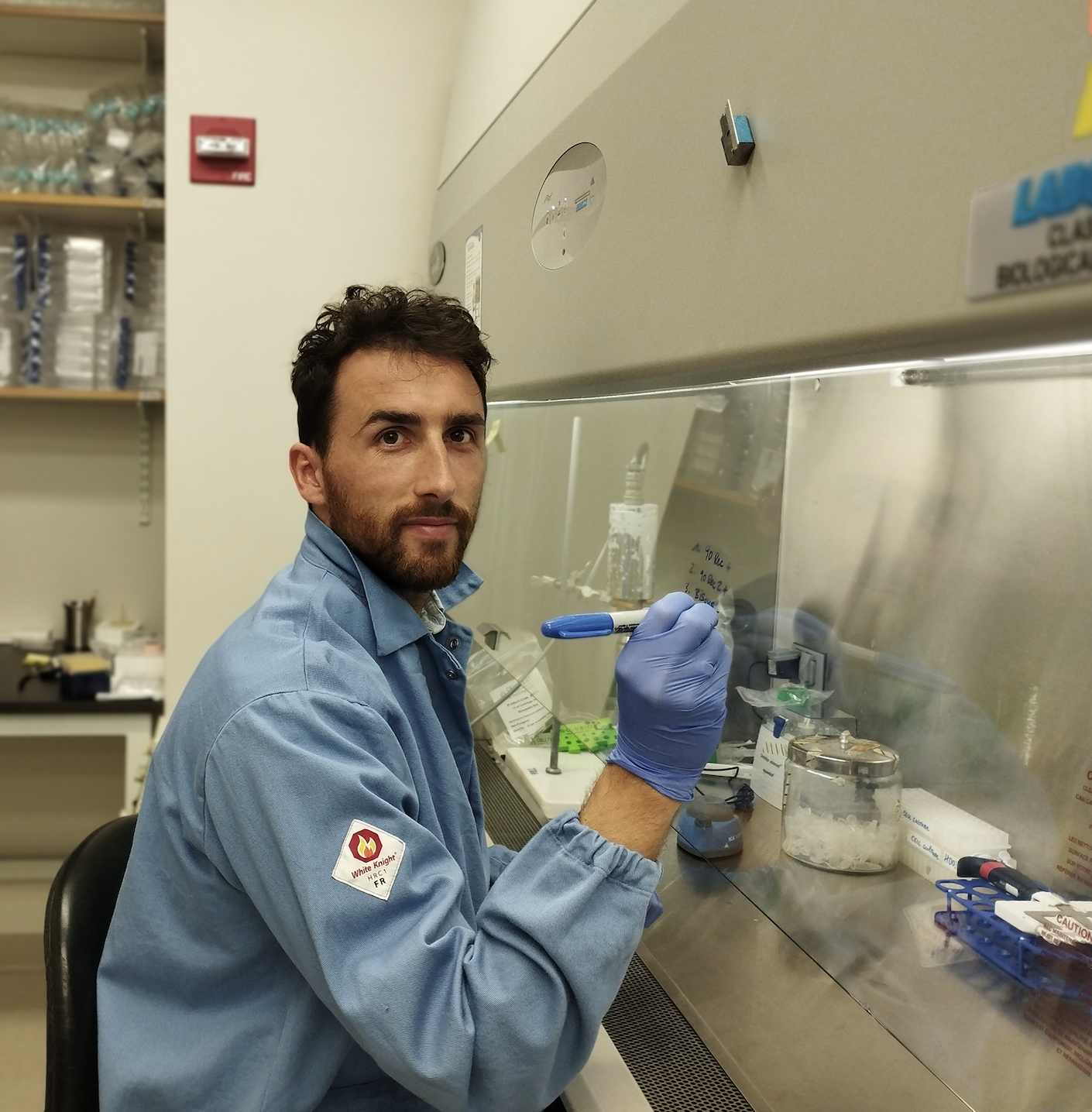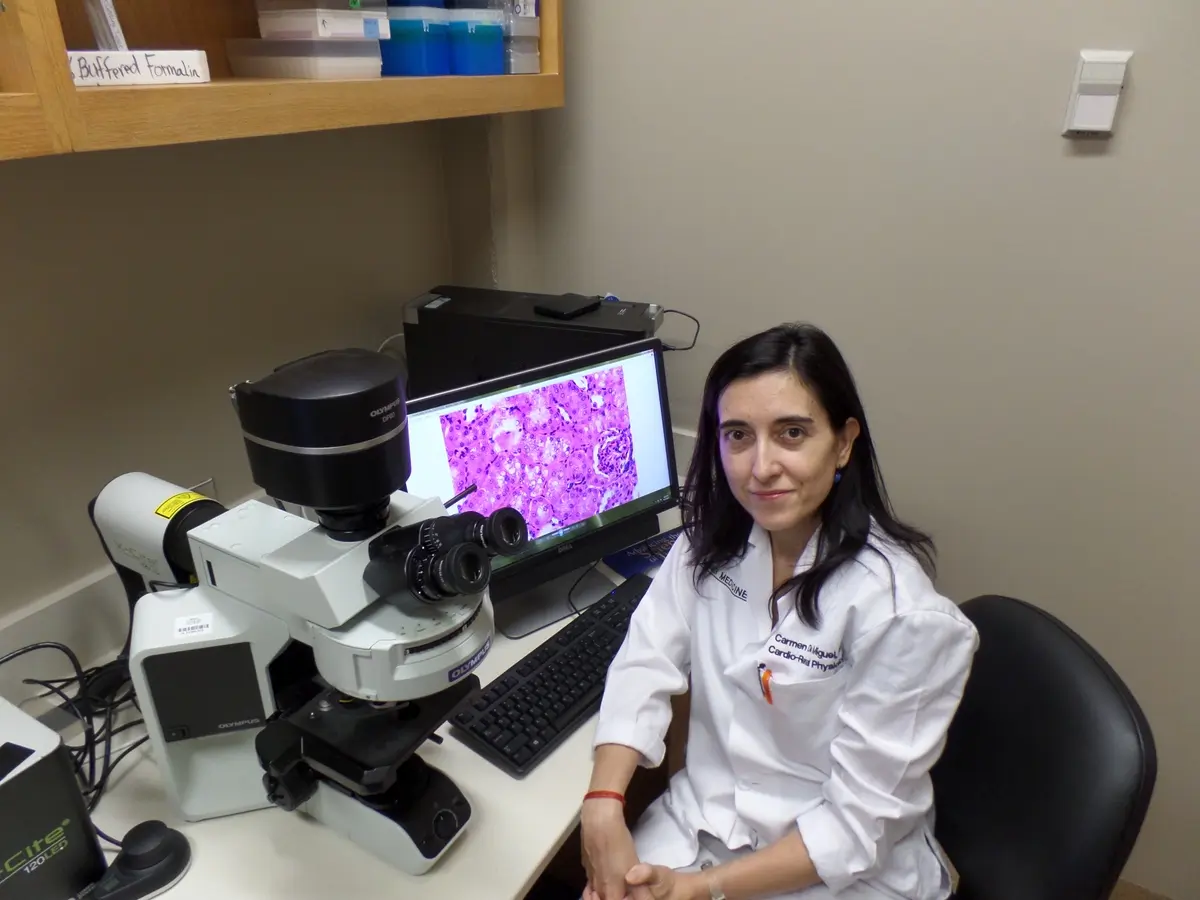Final Project Update
Increased LD levels were observed in T1D α cells, in which the glucagon secretion showed a blunted response to the inhibitory effect of high glucose. This contrasts from the elevated glucose sensitive glucagon secretion of PLIN2 KD αenriched clusters. Possibly, the elevated LD levels T1D α cells are still inadequate to neutralize toxicity from circulating proinflammatory factors and fatty acids. Consequently, and as proposed in Aim 2, it will be valuable to evaluate if increasing LD accumulation capacity (i.e., PLIN2 OE) protects α cells from the negative impact of cell stress. Due to the shortage of human islets, I didn’t have the opportunity to finish Aim 2. However, using a mouse α cell line model (αTC6 cells), toxic fatty acid treatment (i.e., palmitic acid (PA)) was observed to prevent high glucose mediated inhibition of glucagon secretion. Interestingly, PA also induced a trend towards lower glucagon content in this cell model.
Future plans: Bulk RNA-Seq on Sham and PLIN2KD α enriched clusters will be performed to determine the specific molecular basis of PLIN2 KD induced elevation in glucagon secretion. I hypothesize the effect of PLIN2 on FA metabolism (4) will influence the levels of key α cell regulators, like the MAFB and ARX transcription factors (4), genes/proteins important to mitochondrial function (10), and glucagon secretion itself (e.g., through regulation of vesicle trafficking components SYNT13 and VAMP4 and/or the potassium ABCC8 and KCNJ8 channels) (4). Thus, I expect that lowering PLIN2 levels will shift the α cell composition towards compromised functional cell integrity (11). Hormone secretion assays will be conducted in Sham and PLIN2 OE α cell enriched pseudo islets in the presence of palmitic acid with the expectation elevating LD levels will be influential. Significantly, I have found that PLIN2 OE protects human β cells from lipotoxicity induced dysfunction (3,12,13).
Together, my results indicate that LD levels play a critical role in regulating islet α and β cell function under both normal and pathophysiological conditions. Importantly, we demonstrated that compromising LD accumulation led an islet cell secretory profile observed in T1D and T2D; impaired insulin secretion with elevated glucagon secretion. Collectively, my results indicate targeting LD homeostasis pathways therapeutically may improve or preserve islet function.
6-Month Project Update
To examine how LDs specifically affect human islet α cells, I applied an immunomagnetic positive selection strategy to enrich α cells from
dissociated non-diabetic adult human islets. Using an anti-CD26 antibody as the selection marker, I was able to produce human pseudo islets greatly enriched for α cells (Fig. 1A, termed α +HpI or α plus Human pseudo islets). Lentiviruses carrying a universal
promoter driving shPLIN2 or PLIN2 were used to knockdown (KD) or over-express (OE) the protein. In addition, a GFP or Cherry reporter was used to mark cells infected in α +HpI. Around 70% of α cells (i.e., GCG+) expressed GFP or Cherry (Fig. 1B-C), and both PLIN2 mRNA and protein expression was significantly impacted in KD and OE pseudo islets (Fig. 1D-E). Consistently, LD status evaluated by BODIPY staining revealed that PLIN2 KD compromised, while PLIN2 OE elevated LD levels, as expected (Fig. 1E). No overt cell death was observed in any of the experimental groups. To evaluate how PLIN2 levels regulate glucagon secretion, I performed static incubation with a low stimulating
(2.5mM) and high inhibiting (16.7mM) [glucose]. Interestingly, PLIN2 KD α+HpI elevated glucagon secretion at 2.5mM glucose and a trend towards higher secretion at 16.7mM. The secretion profile of PLIN2 OE α +HpI resembled Sham pseudo islets (Fig. 1F), and no overt changes in glucagon content were observed in PLIN2KD or PLIN2OE (Fig. 1G). This same pattern was observed in the two donors analyzed. In summary, my preliminary data highlight that limiting LD formation directly impacts human α cell glucagon secretion.
Click HERE to read the entire project update.
Project Description
There is increasing evidence that Type 1 Diabetes (T1D) is caused by the dysfunction of both insulin-producing β cells and glucagon-producing α cells in the islet of the pancreas. While efforts have focused on understanding changes occurring in β cells, little is known about the genetic or molecular factors that regulate α cell activity in T1D, or even under healthy conditions. Notably, in addition to the activation of proteins involved in inflammation, abnormally high lipid levels are also commonly seen in the T1D population. This is called lipotoxicity, and it contributes to β cell dysfunction and likely α cell dysfunction. However, it’s presently unclear how these lipids are normally regulated by human islet α cells, and whether their misregulation contributes to dysfunction in T1D.
Intracellular lipid droplets (LDs) typically serve as an important storage depot for excess lipids. However, no one has studied the impact of LDs in α cells. My research discovered that LDs accumulate in an age- and the diabetes-dependent manner in human islet α and β cells. Interestingly, LD levels were significantly higher in the α cells of long-standing T1D islets. To examine the relationship between LD accumulation and islet cell function, I have used human β cells to obtain experimental and mechanistic insight. I demonstrated that LDs play a critical role in maintaining β cell function and health by protecting against lipotoxicity.
In this study, I will directly examine how LDs influence islet α cell function under both healthy and diabetic lipotoxic conditions. I hypothesize that the genetic/nutritional factors involved in LD formation and/or lipid handling influence α cell activity. These studies will include examining if cellular LD levels impact the inflammation and lipotoxicity associated with T1D islets.

